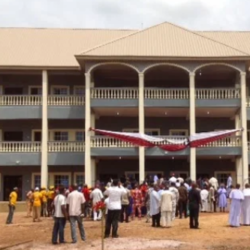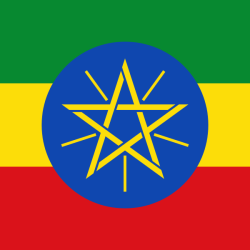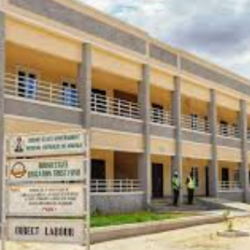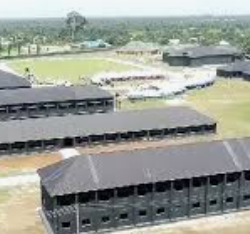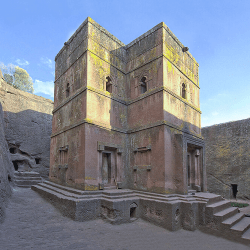Andorra’s territorial structure based on Articles 79–84 of its Constitution.
Andorra is divided into 7 parishes (parròquies), each governed by a Local Council (Comú). This structure reflects a blend of self-government, tradition, and constitutional law.
List of the 7 parishes of Andorra
The 7 parishes of Andorra are:
- Andorra la Vella (the capital)
- Escaldes-Engordany
- Encamp
- Canillo
- Ordino
- La Massana
- Sant Julià de Lòria
1. Local Councils (Article 79)
- Represent and administer the parishes.
- Are public corporations with legal status.
- Possess local regulatory powers through ordinances, regulations, and decrees.
- Function under self-government, recognized and guaranteed by the Constitution.
- Responsibilities include:
- Representing parish interests.
- Approving and executing the communal budget.
- Managing parish property (communal, public, patrimonial, or private).
- Members of ruling organs are democratically elected.
2. Powers of Local Councils (Article 80)
They enjoy administrative and financial autonomy, with powers defined by a Qualified Law, covering:
- Population census & electoral rolls.
- Local consultations (referenda).
- Regulation of commerce, industry, and professional activities.
- Territorial delimitation of the parish.
- Management of communal property and natural resources.
- Maintenance of the cadastral register.
- Local planning & zoning.
- Administration of public roads.
- Promotion of culture, sports, and social activities.
- Oversight of communal public services.
🔹 Councils may also levy local taxes and fees on natural resource use, communal services, administrative licenses, and real estate.
3. Financial Support (Article 81)
- To ensure economic capacity, Local Councils receive transfers from the General Budget.
- Distribution is twofold:
- A fixed equal share for each parish.
- A proportional share based on population, territory size, and other indicators.
4. Jurisdiction & Conflicts (Article 82)
- Conflicts between the State and Local Councils are settled by the Constitutional Court.
- Local Council acts are directly enforceable, but appeals can be lodged to check their legality.
5. Legislative Role (Article 83)
- Local Councils can:
- Introduce legislation (legislative initiative).
- Challenge laws by lodging appeals of unconstitutionality.
6. Districts & Neighborhoods (Article 84)
- Laws must respect customs and traditions when defining the jurisdiction of districts and neighborhoods, and their relationship with Local Councils.
Andorra’s territorial system is unique:
- It ensures local autonomy for each parish.
- Balances tradition with modern governance.
- Guarantees financial equity among parishes.
- Provides a legal framework for resolving conflicts and encouraging local legislative participation.




